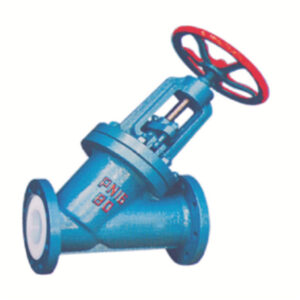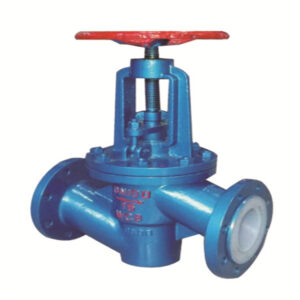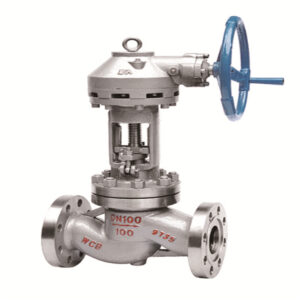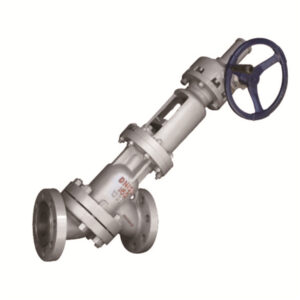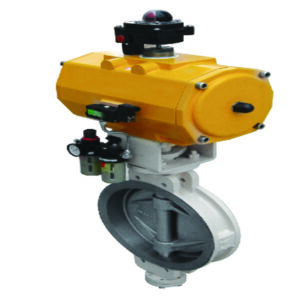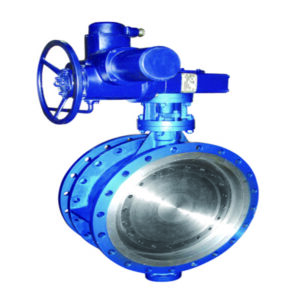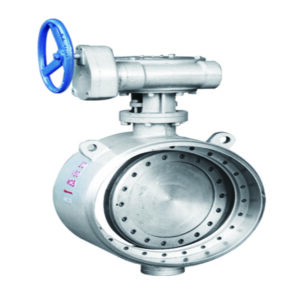valve manufacturing process
valve manufacturing process
A good valve manufacturer is the top priority in terms of production, so that customers can get high quality valves. We have strict control over the valve manufacturing process, and each valve is produced according to a standardized process. And have been equipped with the latest testing instruments And testing technology, using computer-controlled data processing modern automatic ultrasonic flaw detection system, using various special automatic ultrasonic flaw detection systems, to complete various quality system certification. Quality is the life of an enterprise is the business philosophy we have always adhered to!
-
Globe valves
Soft seal fluorine lined direct flow globe valve
-
Globe valves
API carbon steel steel stainless steel globe valve
-
Other valves
Alumina Industry Y Type Slurry Valve Supplier
-
Butterfly valves
High performance wafer type cut off butterfly valve
-
Butterfly valves
Double Seal Vacuum Butterfly Valve supplier in china
-
Butterfly valves
Butt welding type triple eccentric hard seal butterfly valve
You Need to Know About Valve Manufacturing Process
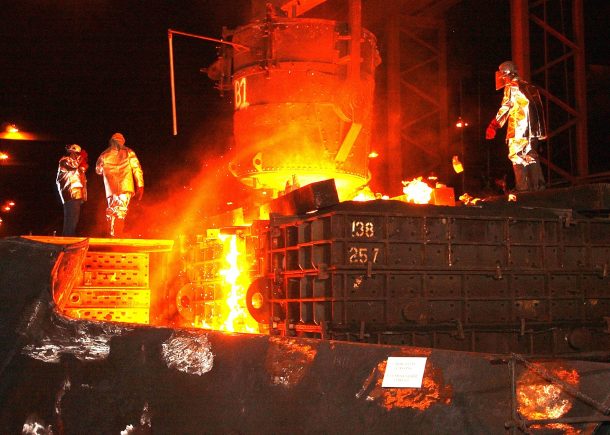
Valve Casting
The die-casting of valve castings is the metal mold pressure forging performed by the die-casting machine captain, which is the forging process with the highest production efficiency at present. Die-casting machines are divided into two categories: hot-chamber die-casting machines and cold-chamber die-casting machines.
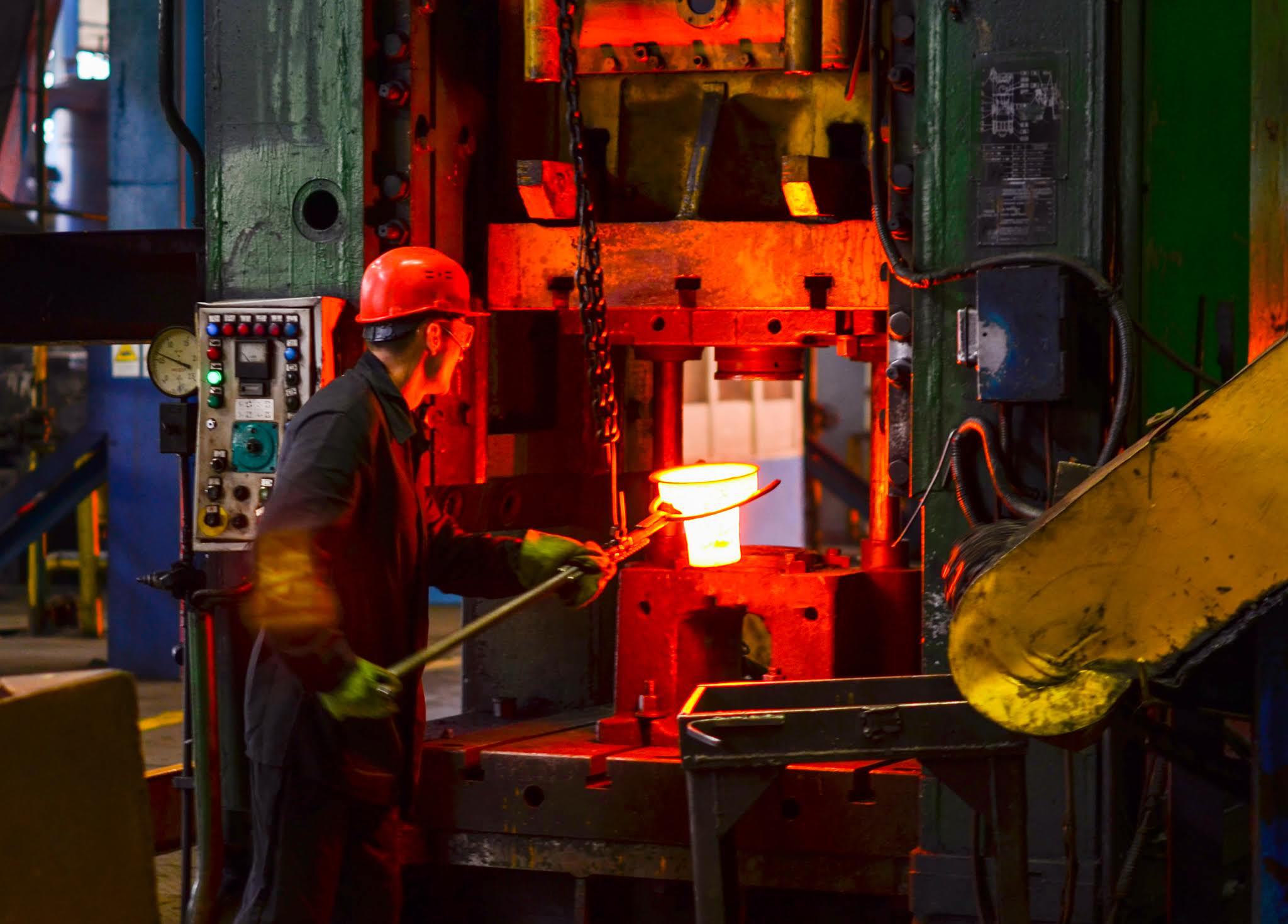
Valve Forging
Casting is the process of smelting metal into a liquid that meets certain requirements and pouring it into a mold. After cooling, solidification, and cleaning, a casting (part or blank) with a predetermined shape, size and performance is obtained. It is a process in the modern machinery manufacturing industry. basic process.
Valve manufacturing process flow chart
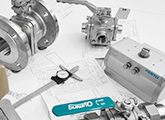
1.1 Technical Group
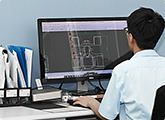
1.2 Drawing Design
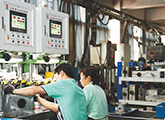
2.1 Wax Making
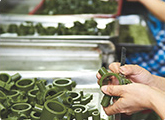
2.2 Repair Wax Mould
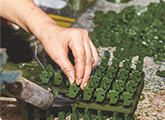
2.3 Assemble Wax Mould
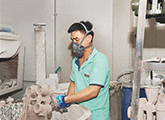
2.4 Shell
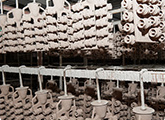
2.5 Dry
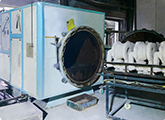
2.6 Dewax
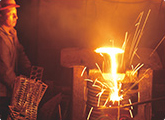
2.7 Smelt
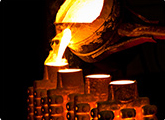
2.8 Casting
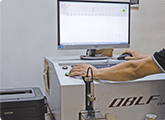
2.9 Material Inspection
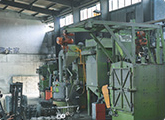
2.10 Surface Treatment
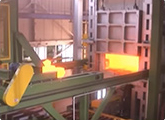
2.11 Heat Treatment
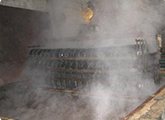
2.12 Pickling
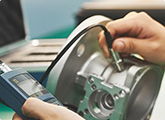
3.1 Wall Thickness Detection
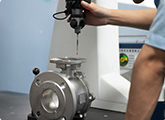
3.2 3D Measuring

3.3 Roughness Inspection
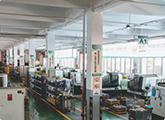
4.1 Processing Workshop
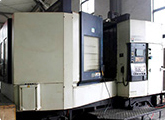
4.2 Vertical Machining Center
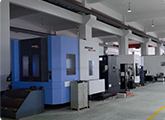
4.3 Horizontal Machining Center
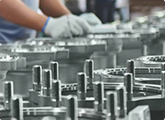
4.4 Assembly
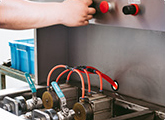
4.5 Pressure Test
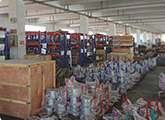
4.6 Packaging
The Ultimate Guide to the XinHui Valves Manufacturing Process
The manufacturing process of industrial valves is very complex and it also contains many variables. The raw materials that are used in the manufacturing are very critical to the final product. The tools that are used for processing are geometry, angle and shape of the valve.
To understand the manufacturing process of valves we should know different steps that are involved. This process consists of many dissolving metals, shaping materials, cleaning up and casting. The final product is processed and it is tested for quality as well as for pressure and temperature.
Valve production and manufacturing process
Valve production can be further divided into many components such as the manufacturing components and the actuation device. The process of valve manufacturing is started with the debarring of the valve bodies. On the other hand the technicians create the threads so that the valve parts are attached to the component or to the pipe. Finally and lastly valves are tested for the functionality before they are being offered for sale.
1. Valves manufacturing materials
The materials of the valve construction do not need to be totally corrosion resistant, and the fluid that is provided can be contaminated. There are many materials that are used for making valves are cast iron, cast steel, forged steel, stainless steel, bronze, brass and aluminum. The material selection for making valves are done on operating parameters of the services for which valves are being used, temperature it has to control, maximum pressure and weldable material. Silicon bronze has much better resistance to stress cracking than other brasses and the increase in strength has made it an excellent choice for stem material in pressure rated valves. Bronze is the used material that is used mostly in butterfly valves. The processing properties of these materials are very poor and it brings great difficulty to the manufacturing process.
2. The structure of the casting blank
The valves are used to change the section of the passage and direction of the medium. Valves castings are controlled components in pipeline fluid delivery systems. They come in a variety of sizes. Most of the blanks have thin shells with many complex structures and they only demand good appearance quality. They have good structure and they don’t have defects such as holes, cracks or pores. The casting process of valves is complex and so is the heat technology. These valve casting are mostly used in petrochemical, chemical, mining, petroleum paper, food pharmaceutical, drainage, water supply and in many other fields.
3. Machining technology
Valves are used to control the vacuum as well as the air. There are two vales right and left. The right valves increase both the reliability process and cost effectiveness of the vacuum system. The machines of valves sealing surfaces have very much requirements on machining accuracy, smoothness. Matching angle and sealing pair that brings great difficulty to valve machines. It is very hard to achieve the mentioned accuracy and dimension that brings the difficulties to the machine tools and it processes the equipment’s. The working principle of the valve is the closing and opening of the internal passages in order to see the flow of the gas or liquid.
4. Process arrangement of valve parts
The valve body is sometimes called the shell and it is one of the primary bodies of the pressure valve. He serves as the basic element of the valve assembly as it is the framework that holds and checks all the parts together. Body of the valve is the first pressure body of the valve that resists loads of fluid pressure by connecting the pipes. The parts of valves are casted in many forms and each form has a very specific function and it is constructed in the materials comfort ability for that function. The main parts of the valves are small and the usage of all the parts are very simple. All the parts involve the smoothness, harness and flatness of the surface that is very high. There are many kinds of parts such as sleeve valve, rotary valve, reed valve and poppet valve. The parts of the valves include seat, spacers, discs, guides, internal spring and the bushings. All the parts of the valves contain the basic valves parts that are body, actuator, bonnet, trim also called as internal elements and packing’s.
5. Valve test and inspections
To test the valve the first thing is establishing the testing procedure that is combined with the acceptance criteria and other standards that the valve exceeds or meets. All the valves want to get inspected to make sure there is no error and leakage. Industrial valve manufacturers have to take quality assurance and inspection seriously. The inspector conducts the surface treatment inspection after sandblasting. Quality controls carry out the various size inspections of the blanks at the modeling. All the records will be stored and classified in the computer for inquiry at any time. The valve shell leakage test is a test that helps to identify the presence of water and other remaining fluids in the valves casing. The valve test is conducted by giving the valve the pressure for a specific amount of time for more than one minute and for looking for the leaks. They are all performed on all kinds of valves like stop, check and isolation types. It is actually conducted to maintain the process and to evaluate the health condition of the operational valve. The valve testing machine functions on high pressure includes the testing for valve leakage, seal and seat test and seat leakage inspections. Valve testing techniques will change over the years and at the same time all the procedures will become more concise. To improve the performance of the valve plant it is very important for those working in this field to make sure that they are using the right techniques with enough knowledge.
The Manufacturing Process of industrial valves
Order, design, inventory and checklist are four stages that are basically included in the process. After the order is placed by the customer the Manufacturing department goes to find and obtain the raw materials. Completing all the steps takes time. You can get a better idea regarding the Manufacturing of the industrial valves as the process is not much complicated.
1. Order and Design
To produce the industrial valves of high quality the industrial valve production is the process. The handcrafted components are involved in it. The time of the placing of order comes once a valve has been designed and approved by the customer. The order is placed by providence and the predetermined deposit is made after the customer’s improvement on the design. The sourcing of materials and raw materials is started by the Manufacturing department once the order is placed.
2. Inventory
The next step after the placing of the order is to start searching for raw materials. Different materials are needed as different parts of valves are needed to be manufactured. For the raw materials you can look at the inventory and if you didn’t find the material you have to obtain them from suppliers.
3. Completing the checklist
The department after collecting the raw materials has to create the checklist to check all the essential things are available to start the production. Also the quality of the materials that are to be used in the making of products is checked by the quality assurance team.
4. Production process
The Manufacturing of the stem, valve bodies and seat are involved in the production process of industrial valves. To produce these parts of valves the casting method is used. The forged method is used by some manufacturers. It involves sandblasting, machining, trimming, forging and surface treatment. A single piece can be used to make the valve bodies. It can also be cast by using mold or cores. A core is used by modern casting processes which helps in producing the parts that have complex inner cavities.
5. Assembly
Following proper procedures is essential in the manufacturing process for valve assembly. The industrial valves major components should be cleaned and they should be assembled separately. After the production is completed all the parts need to be assembled to create a complete valve. The valve assembly process is now carried out with the valve body by serving as a reference part.
6. Pressure test
After the assembly process the valves now have to go through the pressure test. The most important pressure test for valves is the hydrostatic pressure test. The test conduct is opening the valve and applying the pressure that is 50% higher than its working pressure. The sealing surface of the valve remains leak free and the pressure that is applied cannot drop below and it is rated as the working pressure.
7. Quality and inspection control
The final and last step in industrial manufacturing is quality and inspection control. All the valves want to get inspected to make sure there is no error and leakage. Industrial valve manufacturers have to take quality assurance and inspection seriously. The inspector conducts the surface treatment inspection after sandblasting. Quality controls carry out the various size inspections of the blanks at the modeling. All the records will be stored and classified in the computer for inquiry at any time.
More valve manufacturing process related articles
I believe you will not regret your choice
Why choose XinHui valve?
Customized on demand
We very much welcome customers to bring your requirements in the industry, our industrial valve solutions include customized on demand! Use the best materials to produce standard compliant valves, If you need valve customization services, please contact us immediately
Valve quality
Xinhui valve strictly controls the quality of the products in each process; on the other hand, it improves the work quality of the employees; and constantly pursues the high performance and high quality of the products, and is committed to becoming the preferred brand of valve products for the majority of users. .
Professional Services
Our salesman will answer your professional industry questions, product questions, transportation questions, etc. Our service personnel are online 7*12 hours. If you encounter time difference problems, please wait patiently for our reply, and we will reply you as soon as possible The problem.
High and new technology
As a high-tech enterprise in China, we can provide complete valve sample drawings, technical support for valve production process, technical support such as maintenance manuals, and strength calculation books. Frequently Asked Questions about Valve Operation.
R&D innovation
Xinhui Valve has invested a lot of manpower and funds in the innovative research and development of valves, and opened laboratories, inspection rooms, and R&D rooms. 20 kinds of new products are developed every year. Customized industry-specific valves for customers, dozens of products under severe valve conditions.
International Standard
The valves we produce meet various international testing indicators, and all kinds of valves are manufactured and accepted according to relevant domestic standards such as GB and JB, as well as international standards such as ANSI, API, JIS, and BS. DIN. Please contact us for special production standards.
We are not only a manufacturer of valves, but also a disseminator of industry knowledge
OEM & ODM XinHui valve Applications





want to talk
with us?
Leave your details and one of our experts will contact you!


